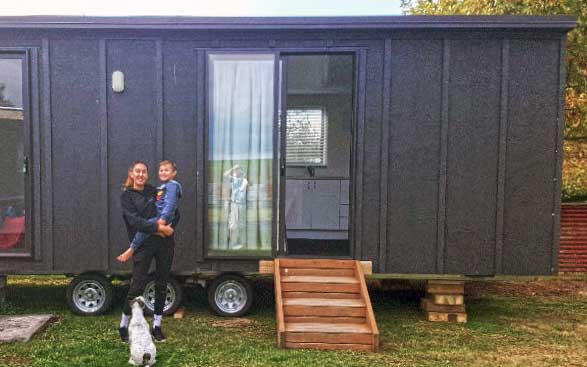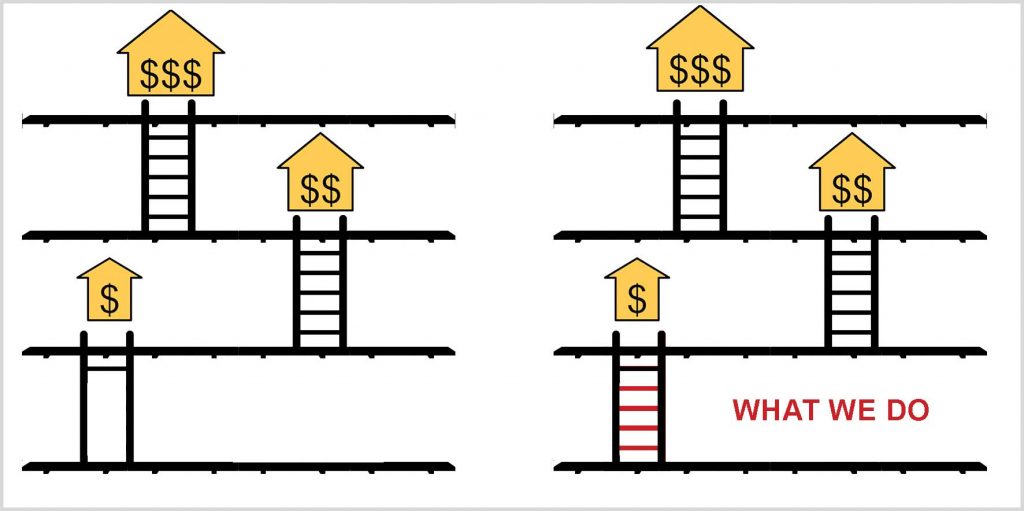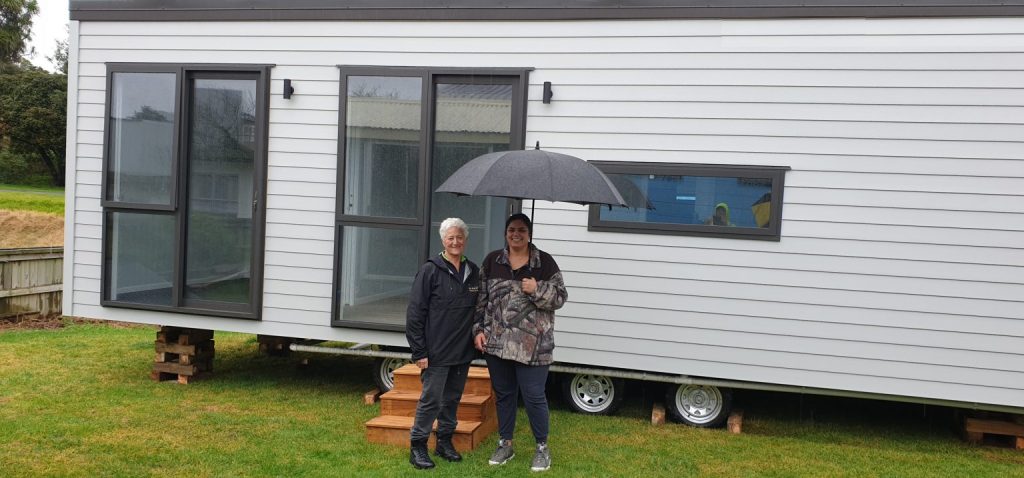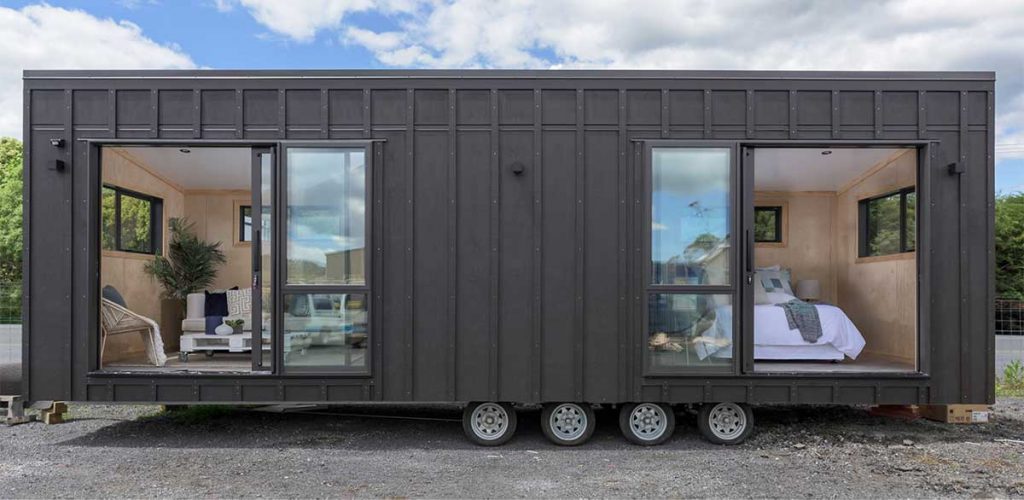Call to Action – How Cabinet Can Address the Low End of the Housing Crisis Immediately
The following is a briefing document intended to enlist cabinet-level support for a domestic affordable-housing industry under attack by government.
SUMMARY
- HUMAN RIGHTS: Access to adequate housing is a fundamental human right
- PASSIVE AGGRESSION: The NZ Government has passive failed to fulfill its legal obligations in ensuring all New Zealanders have access to adequate housing
- The hidden homeless (people living in cars, tents, garages, sheds and overcrowded conditions) remain uncounted
- The state house waiting list grows by 400 families every month. It was 6000 in 2017, it’s over 25,000 families today (with 4,700 in emergency accommodation) and still growing.
- ACTIVE AGGRESSION: Since about 2018, the government has actively, aggressively attacked a domestic industry that is actually doing something about it.
- RESOLUTION: This does not appear to be an intentional war on poor people, but a lack of checks and balances with middle-level ministry and council officials engaging in regulatory creep that will make an affordable solution unaffordable.
- The industry is under attack by government
- If this continues, the industry will abandon anti–poverty housing and pivot to make expensive holiday homes for the comfortable class. Indeed it already is doing so.
- Unlike the building industry, the mobile home industry can make a warm, dry, safe, durable and affordable home in two weeks, and install on site it 2 hours for under $100,000.
- But only if the active aggression by central and local government is called off by a resolution of Cabinet that flows down to the respective ministries and councils
Target Audience
They are called the Hidden Homeless. They are people and families living in cars, tents, sheds, garages and overcrowded conditions. There is no official count of them. The closest approximation is the waiting list for state housing that was about 6,000 families in 2017 and has grown by about 400 families every month since then. Currently it stands over 25,000 families. But the actual number is higher because getting into the state support system is not easy and not everyone chooses to become entangled with the state and the subservience it entails.
In 2013, Jacinda Ardern, then Labour list MP for Central Auckland & Gulf Islands, called for a cross-party approach to ending homelessness by 2020. Homelessness ranges from those living rough on the street to hidden homeless. Since 2013, with extreme rise in rent and home prices, homelessness extended into people who came from the middle class. It is dividing NZ into two classes of haves and have nots – the comfortable class and the struggling class. If allowed to go on too long, the struggling class becomes the predatory class; their prey are the comfortable class. See Brazil or South Africa where class crime is rampant.
When Labour took over, KiwiBuild aspired to construct 100,000 homes, but it failed because the building industry costs too much, takes too long and is competing with middle class housing which is more profitable. Unfortunately, the affordable-housing crisis continues to grow.

The target audience for the mobile home plan are the hidden homeless who have a private support network and mostly need a home, not social services for mental, emotional or addiction conditions. Most will be rural and many will be Māori with access to whanau/family land. Most of the homes will be accessory units placed next to and connected to an existing family home and many will be transitional, meaning they will be removed when the need passes. The majority will be solo mums with a young child or two or an elder needing family supervision but wanting to maintain a sense of autonomy with their own bathroom and kitchenette.
SOLUTION
The Hidden Industry
For two decades, small factories around the country have been manufacturing a home-grown solution. Called mobile homes/cabins, factory-made in about two weeks, they are towed to site where they are leveled and hooked up in about two hours & the family moves in. They are warm, dry, safe, efficient and most importantly, immediate & affordable.
There are tens of thousands of these units located all over the country. The factories are turning out dozens, perhaps even hundreds per month and it works because there is no bureaucracy leaching the lifeblood out of the industry. The units are stronger than buildings because their first test is delivery on a long road trip over some of the nation’s worst roads.
Unlike the complicated building industry that suffered a catastrophe with the leaking/rotting home crisis, the mobile home industry makes simple products that have never had health, safety, performance or durability issues. The industry operates quietly and with little public notice because the media has little interest in the struggling class.
Mobile Homes can be an interim, immediate solution that fills the gap while the government takes the years, even decade required to come up with an adequate, long-term solution.
Unlike buildings which can take a year to build and commit the land for half a century or more, mobile homes literally can be here today, gone tomorrow – redeployed to the next family that needs them.
They can be emergency housing, Civil Defence housing and they can be housing for seasonal workers on farms and in tourism areas that depend on young people on youth work visas. They also can be part of a lease-to-purchase plan where the renter gets a hand up on the property ladder.

A 29 m² home may seem tight to a member of the comfortable class, including MPs in Parliament and public servants in Wellington, but for a family living on the grandparents lounge floor, or in a van, it is luxury.
Obstacle
When Government becomes Part of the Problem
For 20 years or more, regional factories would make them, tow them to site and the people would move in. As they were not considered structures (they were not fixed to land), but mobile home vehicles, the council consenting process was not involved. Thousands are parked in rural areas, in back blocks and behind trees in the kind of communities where neighbours did not complain to council. Indeed often the neighbours would stop by while the unit was being installed and ask where they could get one. The drivers learned to carry company brochures.
But then a new trend called the Tiny House Movement emerged among a younger, more privileged class who adopted an ethos of less-is-more began to make their own tiny homes on wheels. They parked them in “nice” neighbourhoods next to middle-class neighbours who complained to council. Councils began to issue abatement orders and notices to fix, some of which were appealed. Factory-built units were not targeted, but became collateral damage.
As happens when government agencies become involved, this process took on a life of its own. Within several ministries, the industry became viewed as an enemy to be defeated. The Building Act became the battleground with councils issuing Notices to Fix, their target appealing to MBIE that acted as both judge and prosecutor (advocating for the council) after which some took their case to the District Court. The outcomes were messy with clear-cut cases such as Dall v MBIE being a severe rebuke of the government authorities, and others more obfuscated over matters of fact that resulted in judgments that satisfied no one.
The War on Poor People
The ministerial assault on the industry is now a war on poor people. Public servants claim they are only seek to ensure health, safety and durability, but their methods mean the target people remain hidden homeless, locked out of the mobile home opportunity. This is the outcome when public servants insist mobile homes must be regarded in law as buildings.
This introduces toxic, potentially fatal policy that threatens the industry:
- The rules are not fit for purpose. The performance requirements of a mobile design are different than those constructed on a fixed site.
- The cost and delays of consents and the required private consultants is out of control. It can double the cost of the unit, making it unaffordable
- The uncertainty cause the private sector to not invest in growth to address the market.
Done in the Name of the Labour Party
Under a governing party that represents itself as the party of the worker, of the struggling and the underdog, Labour finds itself undermined by several of its ministries and deprived of an immediate solution that could make a real difference in those members of the struggling class. It is not clear the PM, Cabinet and MPs understand what is being done in their name, and how it is undermining their aspirations
Call to Action
You’re Halfway There
Already, the government has approved accessory living units 30 m² or less. But it says they cannot have a kitchen or bathroom, and the rule is intended for buildings, not mobile designs. But it would take little to extend it to the mobile home solution.
Already the government has changed the RMA to allow three residential units on one urban residential allotment. It would take little to extend this to mobile homes as accessory units on both urban and rural land where the mobile unit (a) connects its water, power and wastewater (using caravan-type connections that a layperson can connect/remove) to a primary dwelling on the allotment or (b) is a temporary dwelling unit on the land while a primary dwelling is being constructed (after which it can be removed or repurposed as an accessory unit).
How the Cabinet can Bring About Change
The solution probably does not require legislation. Rather most likely, it can be accomplished by simple resolutions of Cabinet.:
- Declare manufactured mobile homes as an approved government solution to address the affordable housing crisis.
- Instruct the CEO of MBIE, that under the Building Act S8(1)(b)(iii) mobile homes are excluded chattel, not buildings, provided they can be moved on public roads by towing or on trailers/flatbed trucks when the need for them has passed and they are not annexed to title as realty.
- Instruct MBIE to work with the manufacturers to develop fit-for-purpose standards and type certification so buyers and occupants know their mobile homes are safe, healthy and durable.
- Pay: The government to pay the cost of compliance for type-certificate mobile homes that are 30 m² or less, sell for $100,000 or less and, once running to capacity, can be shown to be manufactured in domestic factories in 4 weeks or less; And the government establish a rapid-approval team and process to ensure these type certificate approvals are granted in 20 working days or less.
- Instruct MFE the Resource Management Act 3-dwelling unit per section as a permitted activity shall be extended to mobile homes as accessory living units with their own kitchen and bathroom, and extended to rural and Māori title land. Setback and site coverage rules shall apply and consents will be required if the waste water treatment requires upgrade, but only for the system.
- Instruct NZTA that mobile homes that exceed the permitted 2.55 m. width shall be allowed under the overwidth rules, and overwidth shall not be deemed a fail if a warrant of fitness is required. However, for units infrequently on the road (once a year or less), permit the units to be delivered using dealer plate with no WOF required, provided the driver inspect and the factory certify the unit is safe on the road.
- Instruct MSD, Kainga Ora and other agencies to work with the manufacturers to expedite purchase, rental and lease-to-own programs, but not to consider a mobile home as a first home under First Home Loan schemes (so a lease to own unit can be sold for a first-home downpayment).
- Continue the exclusion of s5(t) Residential Tenancies Act
- Provide incentives for factories to be opened in rural, low-income regions to encourage local industry and local supply lines, to create regional jobs, foster a positive balance of trade and supply-line security not dependent on global systems that are proving unreliable.


